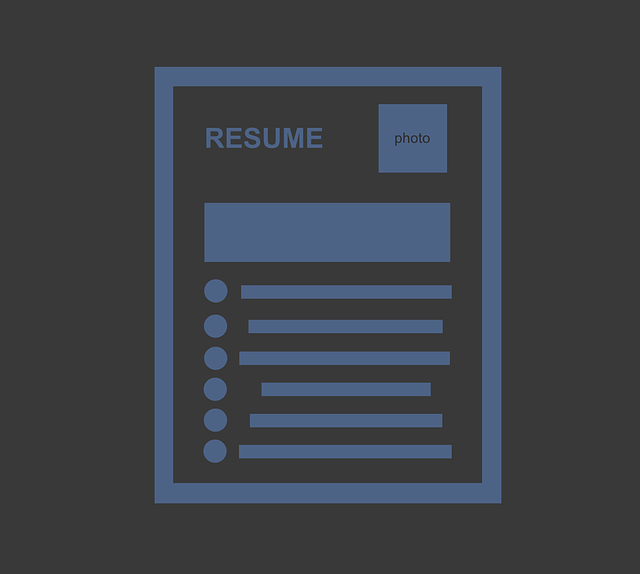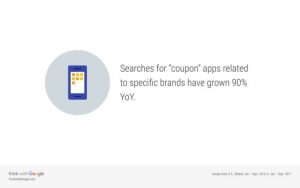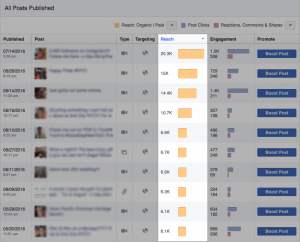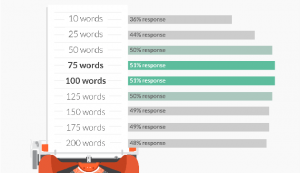— October 16, 2017

typographyimages / Pixabay
When was the last time you honestly updated your resume aside from changing a few numbers or adding a new job? If you’re having trouble remembering, it’s probably been too long. And just like most things in life, resumes have changed over the years. The tactics and format you used 10 years ago probably won’t be as effective today. Here are just a few notable changes that have occurred:
Objectives are obsolete. You used to start off your resume with a sentence or two stating the job you wanted or the type of company you were looking to work for. Not anymore. Objectives have been replaced by summaries that highlight your key skills and what you bring to the company. They provide a snapshot of who you are as a professional and how you fit with the job you are applying for.
General resumes are ancient history. In years past you may have gotten away with a generic resume you mailed to different companies trying to get your foot in the door. Not anymore. Employers are looking for resumes that are tailored to job openings and hit on keywords, abilities, and accomplishments.
Formats are more advanced. If you’ve ever typed your resume on a typewriter or word processor, you’ll understand. Software today offers many more options in terms of style and formatting. With a click of the mouse you can add bullet points, horizontal lines, columns, and color. Not mention how easy it is to reorganize and customize your resume without having to retype the entire thing from scratch. While you don’t want to go overboard with the format, your resume doesn’t have to be bland.
Application methods have changed. Previously you might have seen a job posting in the newspaper or a storefront. Maybe you saw it posted online, but you still had to print out a hard copy of your resume and mail it to the employer or deliver it by hand. Not anymore. Most companies have online platforms and ATS they use for screening, organizing, and communicating with applicants. You may have to fill out an online form, attach your resume and cover letter, or complete a short questionnaire.
The Internet. Need we say more? Employers can now scope out your social media profiles, do an Internet search of your name, and verify information you provided. You can create an online portfolio or presentation, build a professional profile on LinkedIn, and do more thorough research of the companies you’re applying to in order to tailor your approach. It is also much easier to find and apply for job openings throughout the country and the world.
Business & Finance Articles on Business 2 Community
(50)








